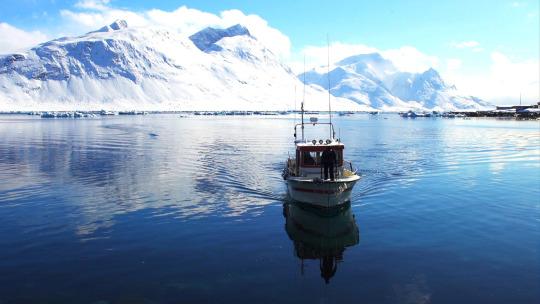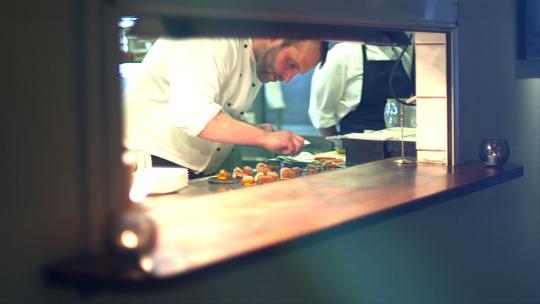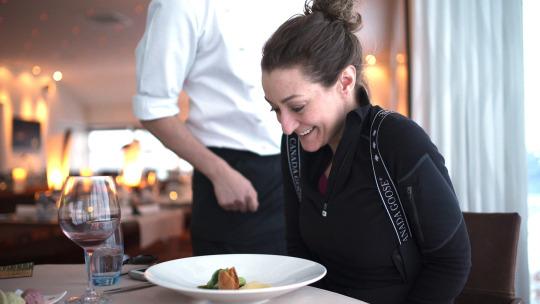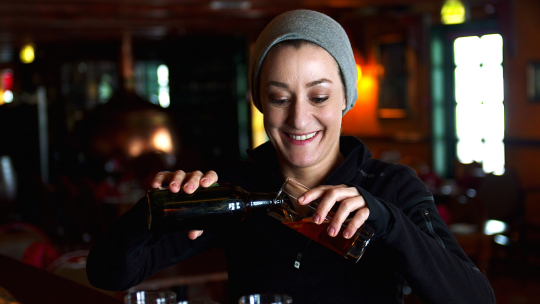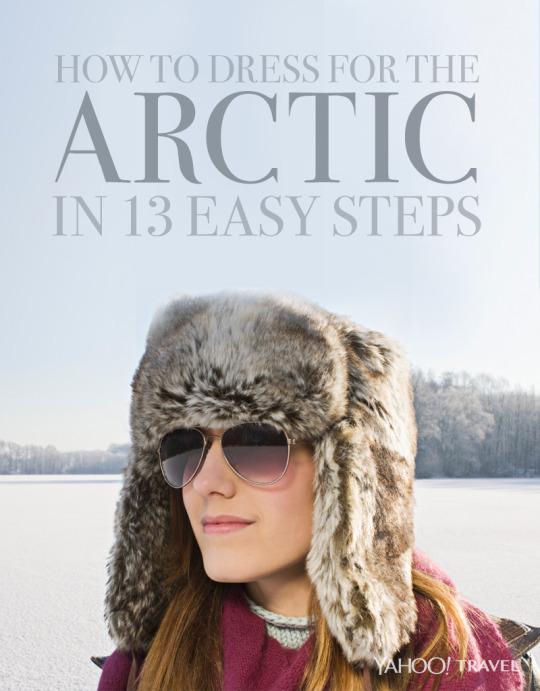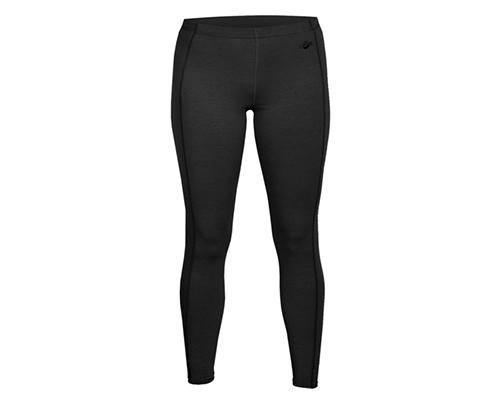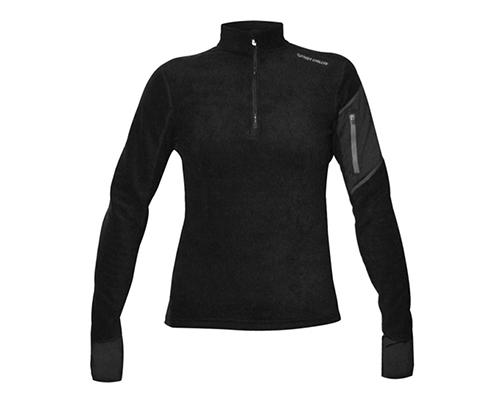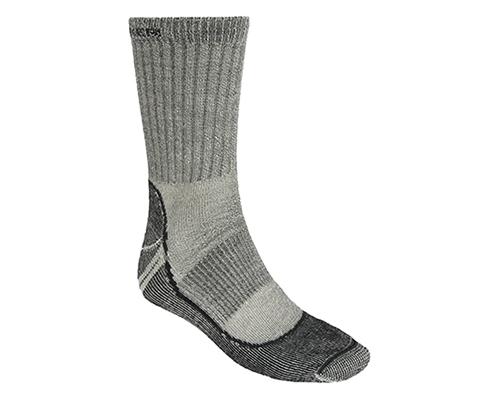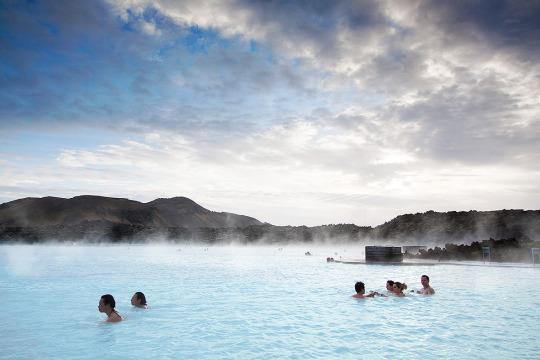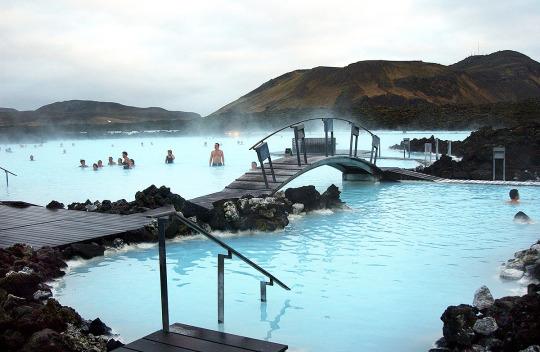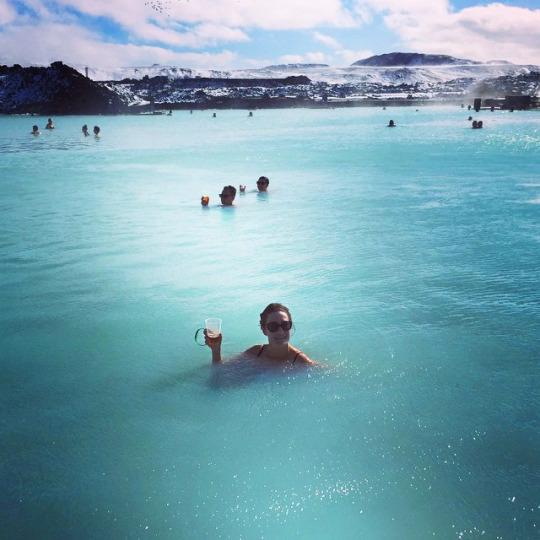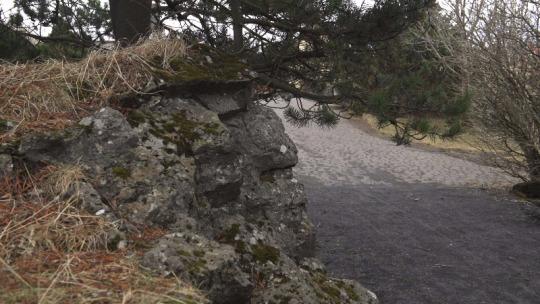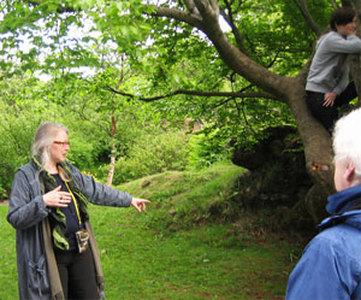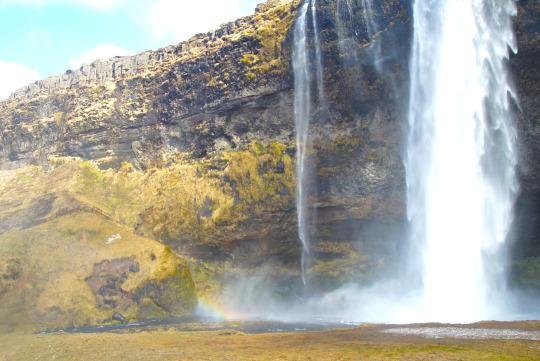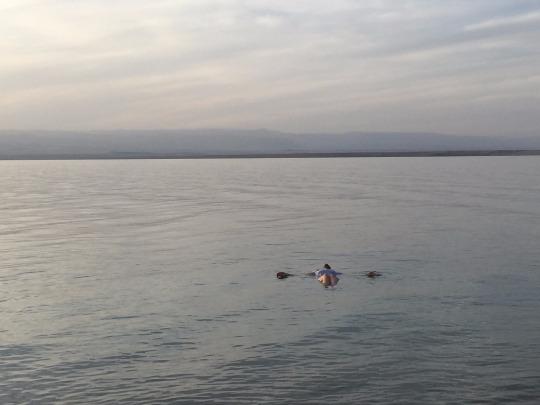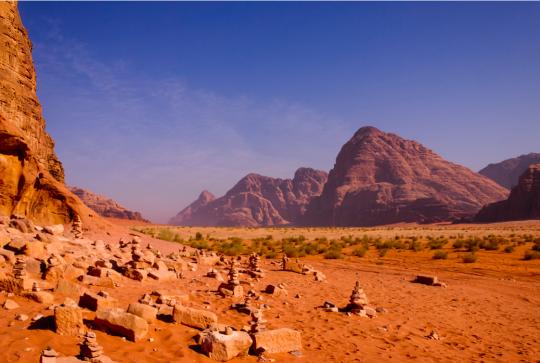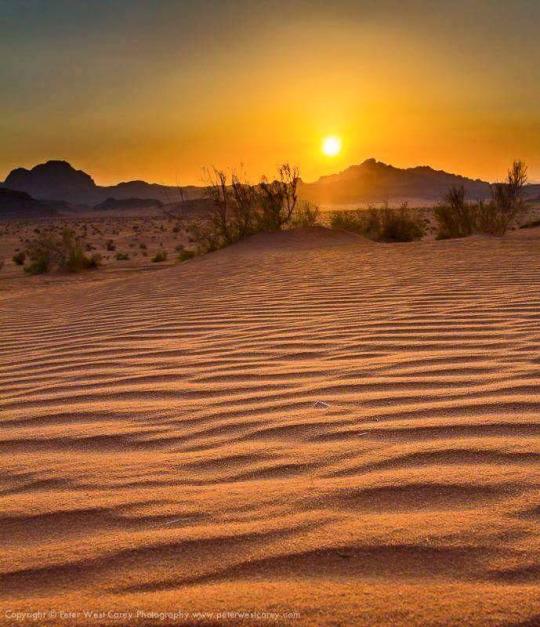Named Ayer’s Rock by colonists, Uluru is a massive sandstone monolith in the heart of the Northern Red Centre desert – in the southern most part of the Northern Territory.
While I’d visited Australia a few times [full disclosure: I almost married an Australian so had to make the trip several times, despite the hellacious 24 hour flight], I’d never made the 1,000 mile, Sydney to Uluru trek. In my defense, I was busy meeting the at the time, soon-to-be-future in-laws that never were. But it has always figured large in my mind and was number one on my Bucket List.
Related: G’Day Mate! How to Speak Australian
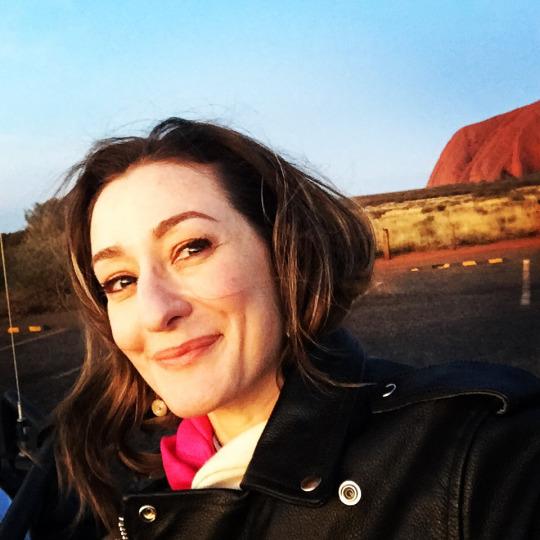
It’s not an Aussie selfie unless Uluru is in there.
So when I got the chance to visit the Outback, my first stop was Uluru.
Rising out of what seems like nowhere, Uluru is sacred to the local indigenous nation – the Anangu – and believed to be about 700 million years old. While it seems massive, rising 1,000 feet high out of the ground, like an iceberg, what you see is just the tip.
“It is a huge solid rock,” my guide Ryan Clark, told me. “It is embedded in the ground. Sometime about 300 million years ago it turned on its side which is why the sandstone (stripes) look like they are going up and down instead of left to right.”
Related: Go Now: The New Seventh Wonder of the World That’s Empty
Dually listed as a World heritage Site for both its cultural and geological significance, Uluru went through a dark period starting in 1958, when the government took it and the surrounding land from the Anangu people and set up an air strip with motels directly next to the rock (on sacred ground). Tourists were allowed to climb Uluru, walking onto land that the Anangu considered holy. But, on October 26th 1985, the government returned the land to the Anangu people – this year is the 30th anniversary of Australia handing back the land to the indigenous owners – and the motels were moved several miles away. Today there are four resorts around Uluru, but at a respectful distance.

